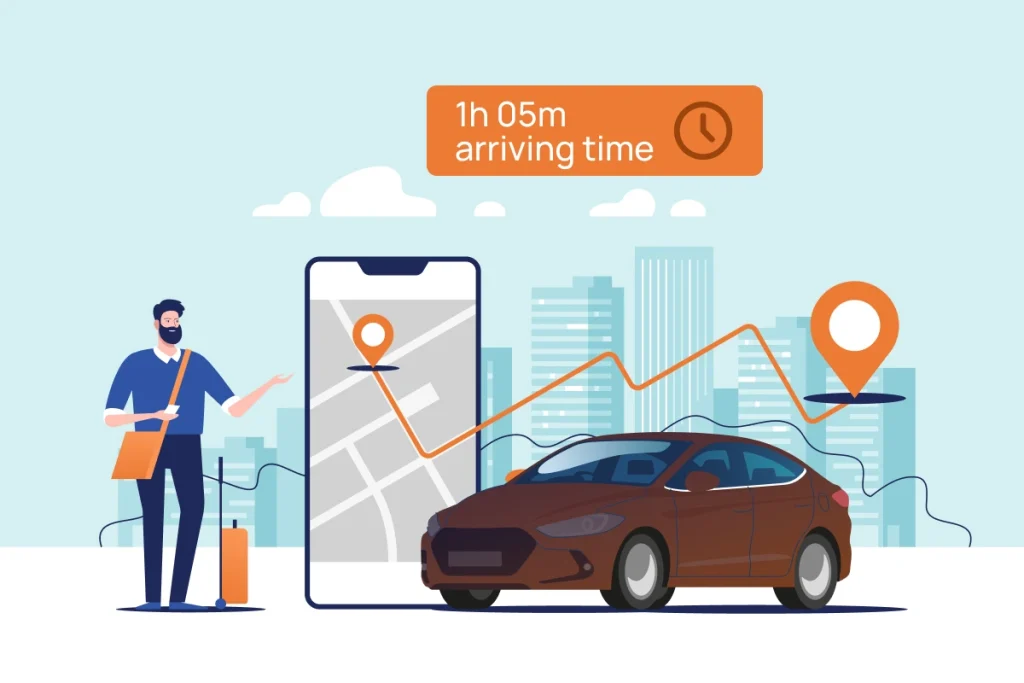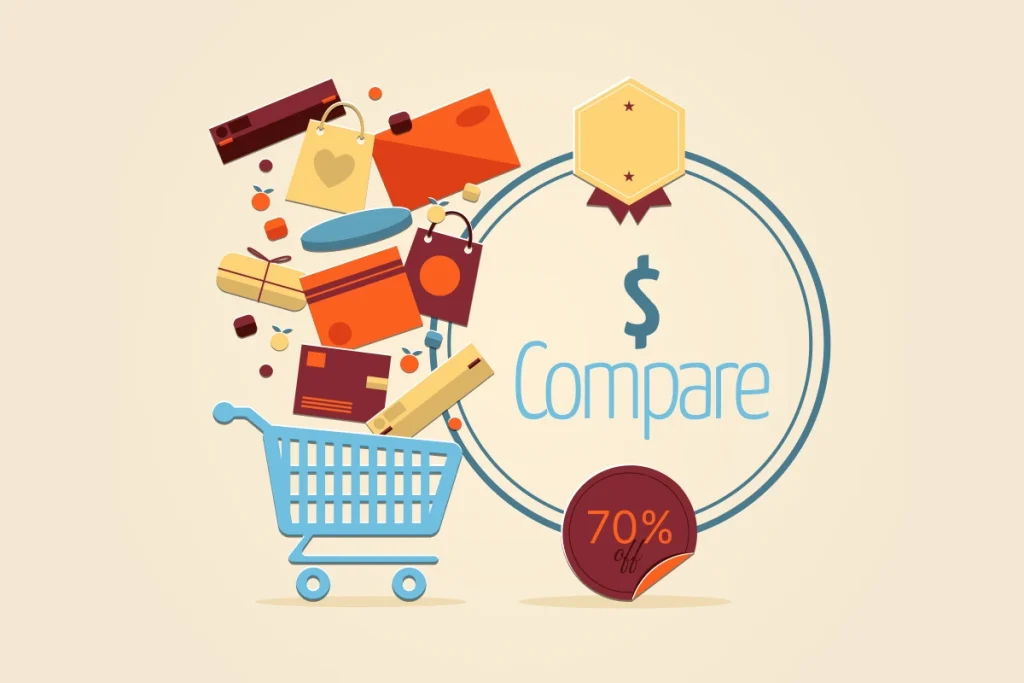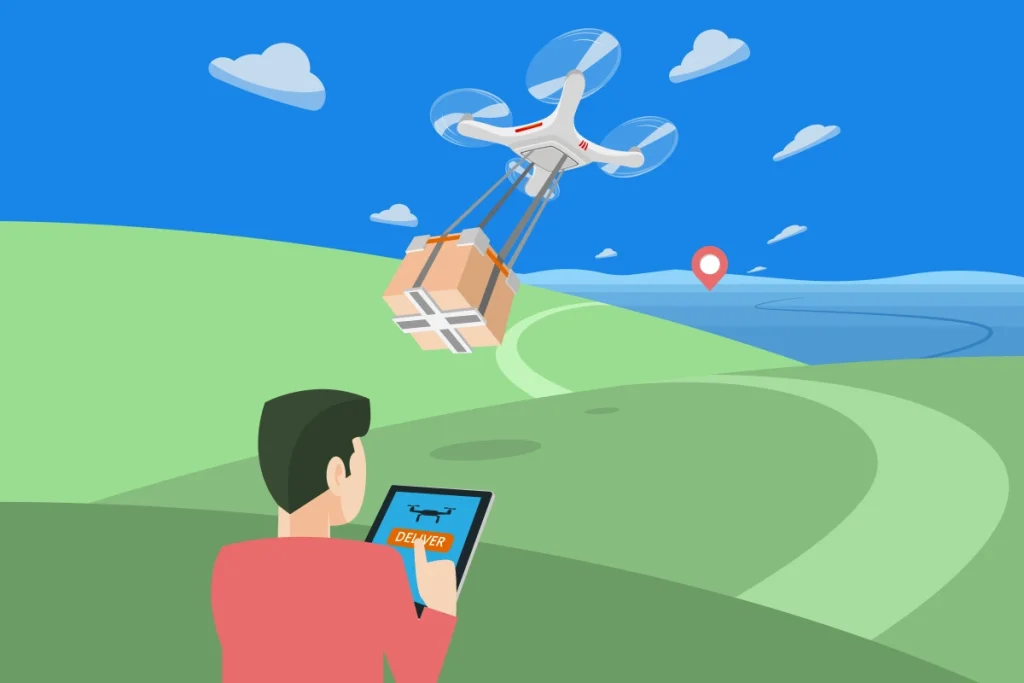The fusion of Artificial Intelligence (AI) with Software-as-a-Service (SaaS) transforms how businesses and users interact with digital solutions. This highlights the importance of designing AI products that are both functional and user-centric.
As a designer specializing in AI-driven SaaS applications, I have been at the forefront of crafting user-centric AI products that solve real-world problems.
My portfolio includes Dojob.ai, an intelligent business proposal generator tool; Dental.com, which revolutionizes dental care with AI-powered assessment experiences; and Args.com, where I designed an innovative experience for converting unstructured data into structured formats and a generative chat marketplace.
These projects reflect a deep commitment to creating AI products that perform and deliver exceptional user experiences.
This article explores practical guidelines for designing impactful AI products rooted in real-world applications and lessons from my journey.
Capabilities of AI
AI has become an essential part of modern technology, offering capabilities that span industries and applications. Here’s a breakdown of what AI can do and the most popular use cases across various domains.
Rate, Grade, Measure, Assess
Estimate

Infer a value (e.g., position, size, duration, risk) related to the current situation. Make an inference about what’s happening now.
- Estimate driving time (navigation planner)
- Estimate chances this is spam email
- Estimate direction sound came from (smart speaker)
Rank, Order, Find Best, Find Cheapest, Recommend
Compare

Compares a collection of like items based on a metric. This allows services to select, rank, or curate a collection of things.
- Compare movies by likelihood of watching (media)
- Compare Items by likelihood of purchase (online store)
- Compare posts by likelihood engagement (social media)
Make, Compose. Construct, Create, Author
Generate

Generate something new (message. image, sound) based on knowledge of similar things.
- Generate synthetic medical records (medical date)
- Generate conversational responses (chat agent)
- Generate detail in the image (photo retouching)
Do, Execute, Play, Go, Learn, Operate
Act

Execute a strategy to achieve a specific goal and update the plan based on advance towards the goal.
- Act Park the car (autonomous paring)
- Act: Play poker (gambling agent)
- Act Fly drone to location (drone pilot)
Other AI’s Capabilities
AI capabilities can be categorized based on their primary functions:
- Forecast: Predict future outcomes, like the best time to buy stocks or tomorrow’s weather.
- Detect: Monitor and notice specific patterns, such as detecting human voices in audio streams or faces in images.
- Identify: Recognize and classify items, like identifying spam emails or types of cancer in medical imaging.
- Discover: Organize and extract patterns from datasets, revealing insights such as unusual transactions or user behavior.
By understanding these capabilities, designers can better align AI functionalities with user needs and scenarios.
Most Popular AI Use Cases
1. Customer Support
- AI chatbots and virtual assistants, such as ChatGPT or Google Assistant, handle queries, troubleshoot issues, and provide personalized experiences.
2. Healthcare
- AI-powered diagnostic tools identify diseases (e.g., cancer detection).
- Personalized medicine based on genetic data.
- Virtual health assistants for patient queries and medication reminders.
3. E-commerce
- Recommendation engines suggest products based on user behavior.
- Fraud detection algorithms protect payment systems.
- AI-enabled inventory management optimizes stock levels.
4. Marketing and Advertising
- AI tools create targeted ad campaigns.
- Sentiment analysis monitors customer feedback.
- Predictive analytics determine campaign effectiveness.
5. Autonomous Vehicles
- AI systems enable self-driving cars to navigate roads, avoid obstacles, and make real-time decisions.
- Drone technologies for deliveries and aerial imaging.
6. Finance
- Fraud detection in banking transactions.
- Algorithmic trading on stock exchanges.
- Customer credit scoring and risk assessment.
7. Content Creation
- Generative AI tools create blogs, social media posts, and design assets.
- Deepfake technologies produce realistic videos and audio.
- AI enhances video editing and post-production workflows.
8. Manufacturing and Supply Chain
- Predictive maintenance identifies potential equipment failures.
- Robotics automate assembly lines.
- AI-driven logistics optimize delivery routes and warehouse management.
9. Education
- Adaptive learning platforms personalize lessons.
- AI tutors assist with subject-specific questions.
- Proctoring tools ensure academic integrity during online exams.
10. Entertainment
- AI curates playlists (e.g., Spotify) and recommends shows (e.g., Netflix).
- Game engines generate realistic non-player characters (NPCs).
- AI creates immersive virtual and augmented reality experiences.
11. Agriculture
- Precision farming uses AI for crop monitoring and yield prediction.
- AI drones assess soil health and optimize irrigation.
- Automated machinery enhances planting and harvesting efficiency.
Emerging Trends in AI Applications
- Agentic AI: AI systems capable of reasoning and goal-directed actions.
- Synthetic Data: AI creating training data for machine learning models.
- Invisible AI: Subtle, seamless integration of AI into everyday tools and devices.
By responsibly and innovatively leveraging AI’s capabilities, industries can unlock immense value and transform how we live and work. Let me know if you’d like to explore any of these use cases in greater detail!
The State of AI in 2025 for Designers: Practical Guidelines for Designing AI Products Today
Artificial Intelligence (AI) has reached a pivotal point in 2025, evolving into a transformative force in the design world. However, designing effective AI products remains challenging due to the gap between capabilities and expectations. This article explores the state of AI today and provides practical guidelines for designers to craft meaningful AI solutions.
1. Misaligned Visions Between Designers and Data Scientists
Designers often conceptualize AI systems that are overly ambitious or unfeasible. Conversely, data scientists may build AI solutions that lack user interest or relevance. These disconnects lead to products that fail rapidly, often solving the wrong problems or requiring near-perfect accuracy to be effective.
- Tip for Designers: Collaborate closely with data scientists early in the design process to align on feasibility and user value.
- Realism in Design: Embrace AI as an assistant, not a replacement. AI should prepare and recommend actions but rely on human review and approval for critical decisions.
2. Accuracy and Limitations of AI Systems
AI systems today achieve about 85-90% accuracy in their responses. While impressive, this leaves significant room for error. Issues like hallucinations (AI generating incorrect or nonsensical information) and forgetfulness (losing context mid-conversation) persist.
- Key Considerations:
- AI is excellent for first drafts but unsuitable for final outputs without human intervention.
- Prioritize data quality—clean, reliable data leads to better outcomes.
- Practical Guideline: Test AI prototypes rigorously in real-life scenarios to identify edge cases and ensure robustness.
3. The Shift to Synthetic Data
Synthetic data generation is becoming the norm as the world runs out of high-quality human data to train large language models (LLMs). By 2027, an estimated 95% of all content will be AI-generated, blurring the lines between human and AI output.
- What This Means for Designers:
- Focus on designing AI systems that can synthesize and contextualize information rather than just regurgitating it.
- Build trust through transparency: Clearly label AI-generated content.
4. Agentic AI and the Evolution of Interfaces
AI is transitioning from merely a tool to a reasoning engine capable of autonomous problem-solving. However, the sparkles of overt AI in user interfaces are fading. Users increasingly prefer seamless and invisible AI integrations.
- Practical Changes in UI Design:
- Replace generic text boxes with intuitive controls, insight panels, and knobs.
- Focus on making AI a subtle yet powerful part of the experience rather than the focal point.
5. Sustainability and AI’s Environmental Impact
AI development has high sustainability costs and consumes immense computational resources. Not every product or feature warrants AI integration.
- Guidelines for Sustainability:
- Avoid implementing AI for the sake of trend-following.
- Justify AI’s inclusion with a clear value proposition for users and stakeholders.
6. From Demos to Real-World Applications
Impressive AI demos often captivate audiences on social media, but many fail to evolve into practical products. This disparity highlights the need for strong product-market fit and user-centered design.
- Takeaway for Designers:
- Ensure that AI features address real user problems rather than chasing novelty.
- Validate concepts with iterative user testing and feedback.
Conclusion: Designing AI Products that Matter
AI in 2025 is more than a buzzword; it’s a tool with immense potential—if used responsibly. Designers must ground their work in reality, prioritize collaboration, and embrace AI’s limitations as opportunities for innovation.
Key Takeaways for Designers:
- Focus on User Needs: Prioritize solving real-world problems with AI rather than simply integrating AI for the sake of it. For example, instead of merely generating random images, focus on how AI can help users discover and compare products more effectively.
- Embrace the “Human in the Loop”: Design systems that leverage AI as an assistant, allowing humans to review, refine, and approve outputs.
- Prioritize Data Quality: Ensure that the data used to train AI models is clean, unbiased, and representative of the target user population.
- Design for Transparency and Explainability: Make AI systems understandable and trustworthy by giving users insights into how decisions are made. For example, if an AI system recommends a particular product, explain the factors that influenced the recommendation.
- Focus on User Experience: Design intuitive, user-friendly interfaces seamlessly integrating AI into workflows.
- Anticipate Ethical Considerations: Consider the potential social and ethical implications of AI applications and design systems that mitigate potential harms.
By focusing on practical applications and user needs, designers can create AI products that will endure and make a difference.
